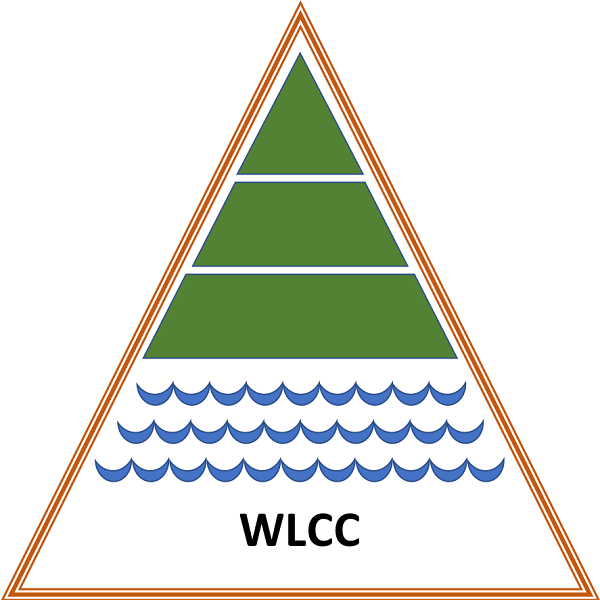Hope you enjoyed our April 1st entertainment. If you haven’t had a chance to donate to the Williams Lake/Purcell’s Cove Backlands Wilderness Park be sure to check out KeepHalifaxWild.ca
Williams Lake Backlands a Suitable Habitat
The Williams Lake Backlands may play a crucial role in an exciting wildlife program – the re-introduction of the eastern cougar to central Nova Scotia. Spearheaded by the Cougar Foundation, in consultation with the Maritime Wildlife Federation, the idea for the program came together quickly. Said Richard Painter of the Cougar Federation, “we were looking for suitable habitat, and the federation saw the need for a native predator in the environment”.
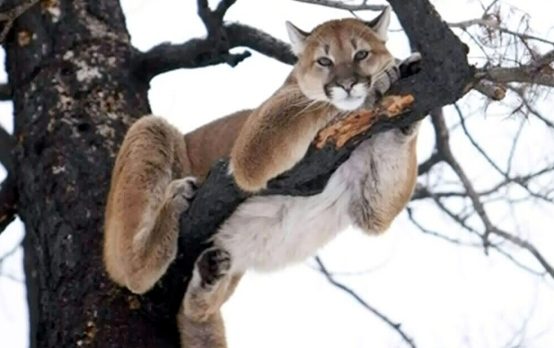
The Williams Lake Backlands is an area of pristine wilderness, part of a “necklace” of greenbelts stretching down the Chebucto peninsula and north-west of Halifax via Long Lake Provincial Park. For these reasons the area is one of 5 short-listed by the Cougar Foundation to host the pilot project to re-introduce this major predator to it’s old stomping ground.
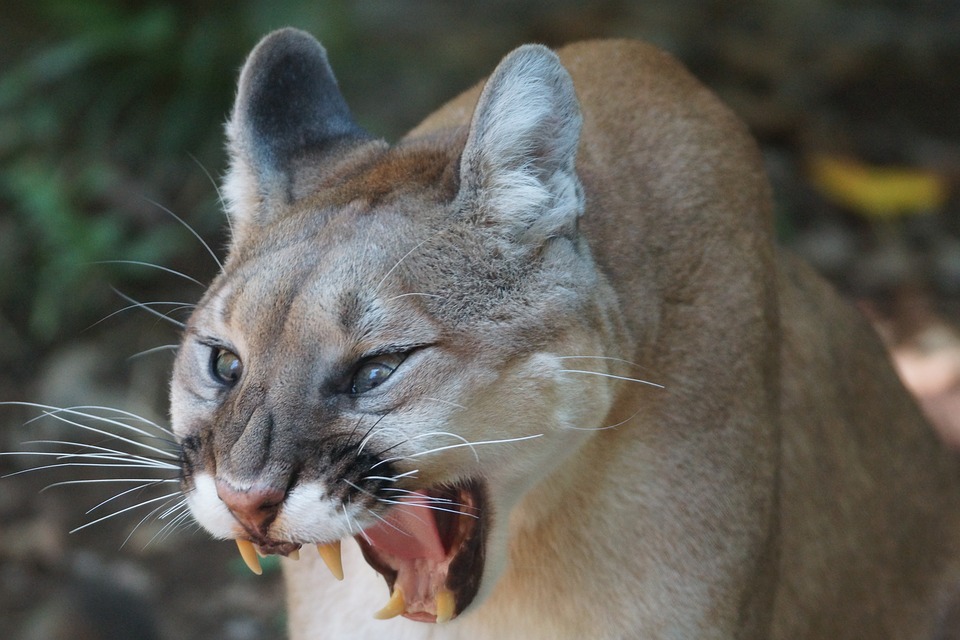
Restoring Nature’s Balance
Known by many names – panther, puma, mountain lion – the Eastern cougar once ranged all across North America, but is now listed as extinct in the eastern U.S. Sightings are still reported in eastern Nova Scotia so Canadian wildlife experts hesitate to declare the cougar extinct, as it will lose protection as an endangered species. Though the elusive big cat has been extirpated from most of its traditional range, that makes it all the more crucial to set aside habitat. There is great hope that by re-introducing a major predator back into the environment, local species will be restored to a balance closer to what nature intended.
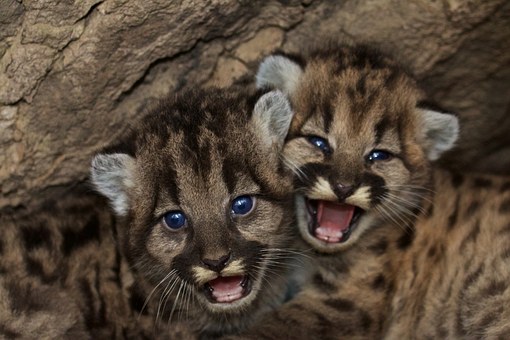
Cougar females are only aggressive when protecting their young.
Cubs are born in summer every second year, and stay with their mother a full two years.
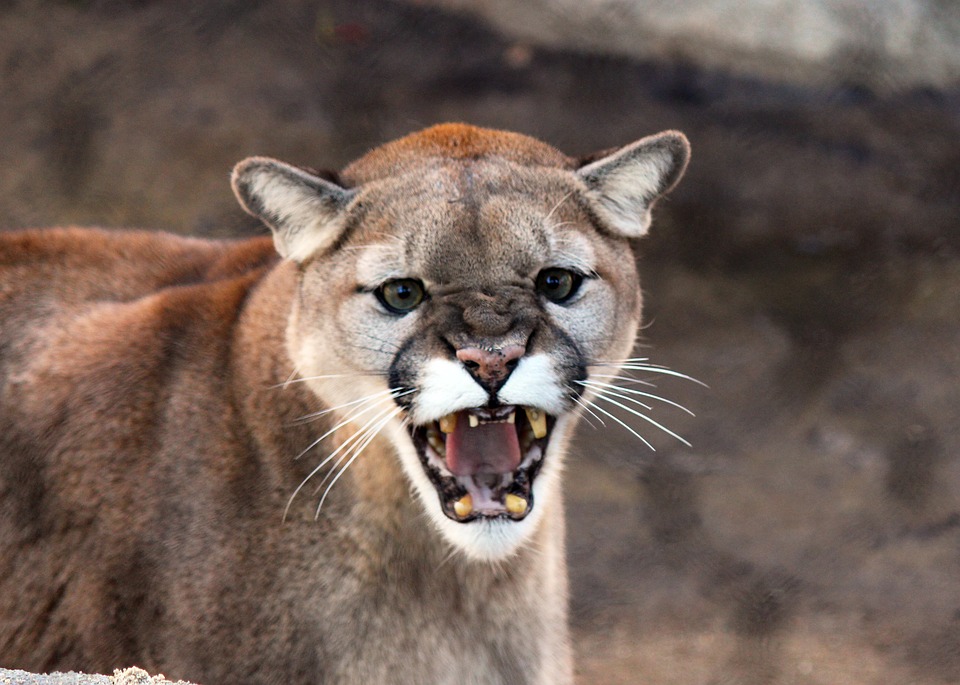
Richard Painter of the Cougar Foundation points out that cougars favourite meal is the white-tailed deer, “and they reproduce quickly, doubling their numbers in a good year”. “The greatest threat to deer is a shortage of winter food” says Bob Cattinger of the Maritime Wildlife Federation, “not predation, and they will strip out gardens and shrubbery if they are hungry”.
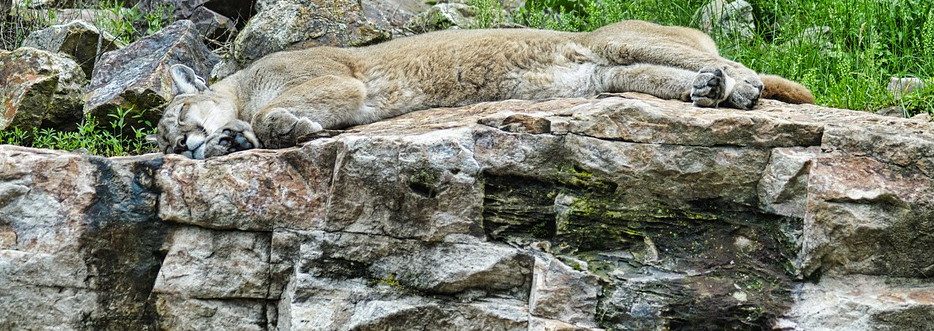
You’re Not Likely to Know They’re There
Visitors to the Backlands, or nearby residents have little to fear, as the cougar is notoriously shy. “You’d be lucky to catch a glimpse of one” assures Painter, who recalls author Farley Mowat stating that eastern cougars were trapped, shot, poisoned, and hounded into oblivion. “They don’t take chances anymore” he notes, “ you’re more likely to hear one than see it”.
How to tell if a cougar is tracking you
-
-
- Cougars have excellent eyesight and sense of smell – they will find you before you are aware of them
- Their large soft padded feet allow them to move noiselessly through the forest
- Cougars soft beige/gray coat makes for excellent camouflage
-
Male cougars weigh up to 100 kg, and can run as fast as 80 kph.
-
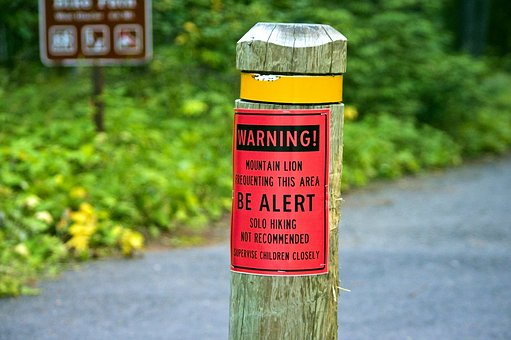
The long-term survival of this magnificent animal depends on wilderness areas. Nova Scotia’s land use patterns have seriously eliminated wilderness, and forest operations tend to create favourable conditions for deer at the expense of other animals. As with the re-introduction of wolves to Yellowstone Park, the presence of a major predator will restore balance to the ecosystem, and stabilize populations of not only deer, but smaller animals like rabbits, beaver, muskrats and raccoons.
Ask anyone who has sighted a cougar, and they will describe the sense of wonder that they experience. Joyce Pelter lives near Kejimkujik Park, and says a cougar visits the scratching post she put up near her woodland property. “I talk to campers, hikers, and people who love the backwoods” she adds, “we’ve seen the distinctive long silhouette on lonely dirt roads, and we know they are out there”. As cougars travel up to 40 km to hunt, one fleeting glimpse is all anyone can expect to get.
More Predators for the Backlands?
Painter remains hopeful that the cougar will act as a “gateway” predator, and that in future years, the program can expand to include Grizzly bears, anacondas, and the freshwater Acadian alligator.
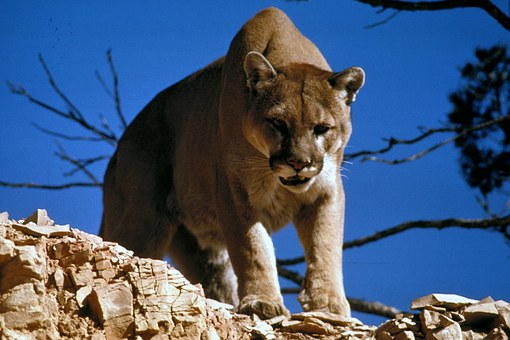
Once the Wilderness Park is open, a pavilion at the entrance will alert visitors to the wildlife they may see, and allow them to read up on how to spot the tell-tale signs of the Eastern Cougar, such as paw prints, “scat”, claw-sharpening on trees, and also preposterous proposals for nonsensical programs that appear on April 1st every year.
Happy April Fools!
While you’re here….
The Nature Conservancy of Canada is still accepting donations (has extended the final date for donations) for the Urban Wilderness Park. Please consider a contribution that will provide untouched habitat for white-tailed deer, herons, beavers, osprey, mink, muskrats and a whole host of others, in perpetuity. That means forever. And at least as far as we know, there will be no cougars. See KeepHalifaxWild.ca for details and to make a donation.
